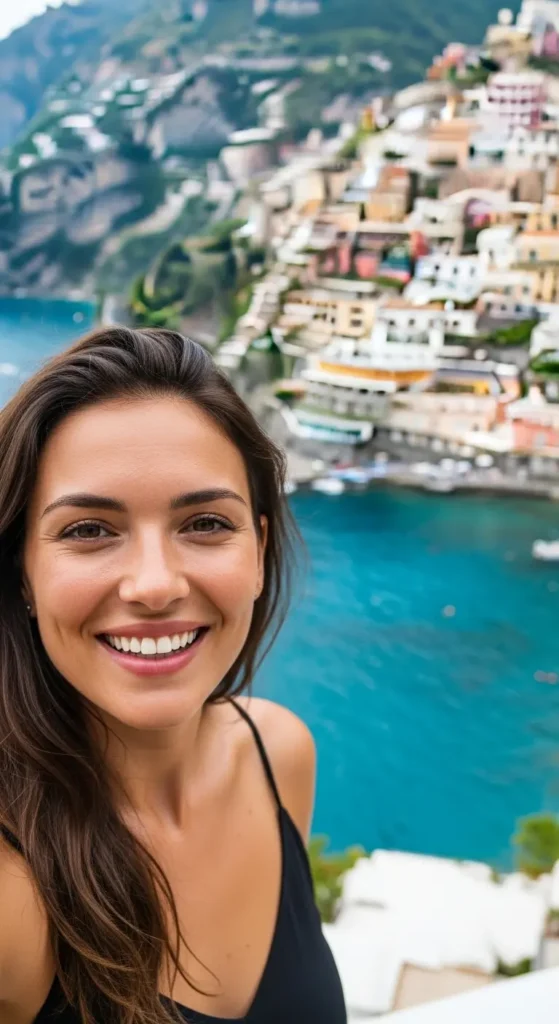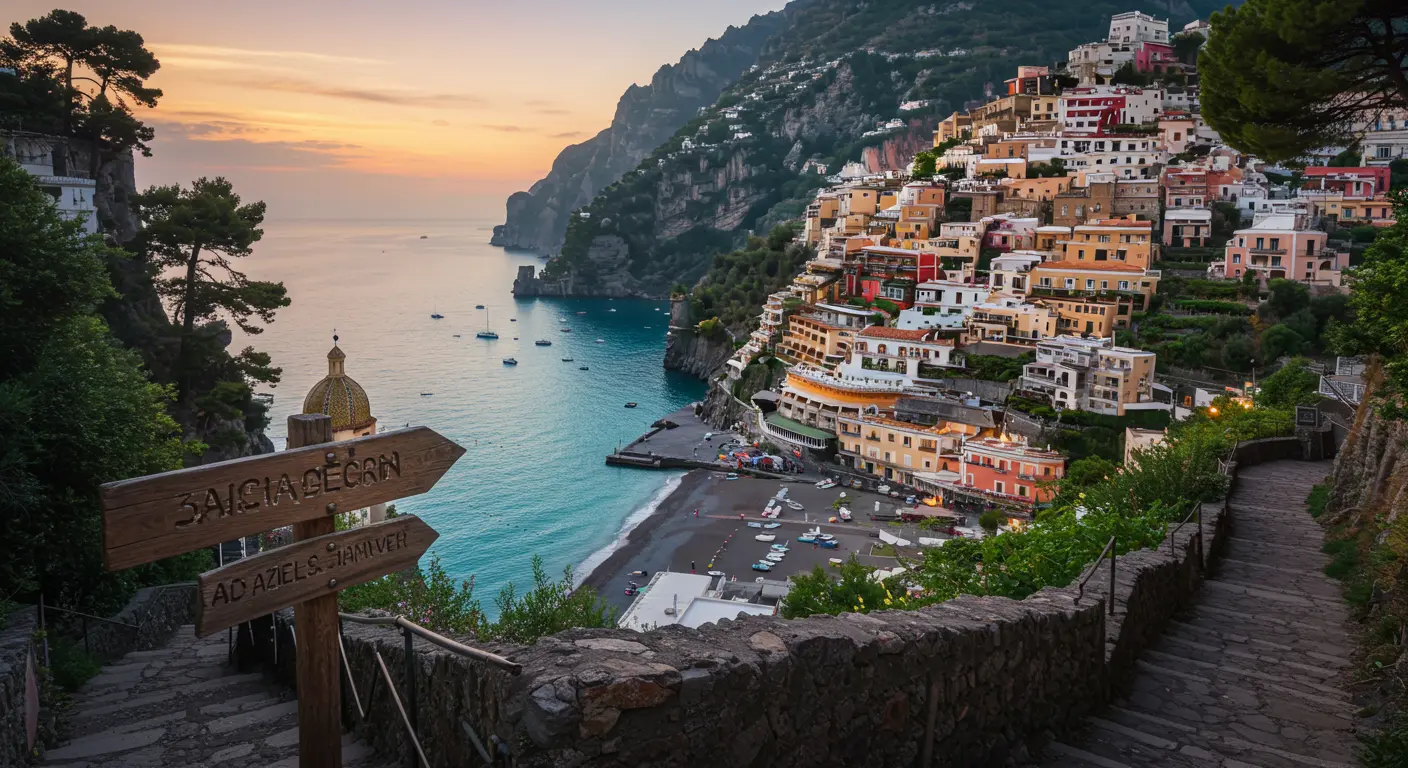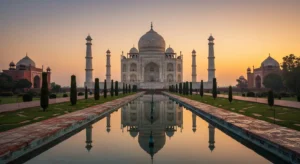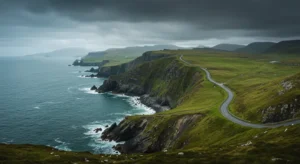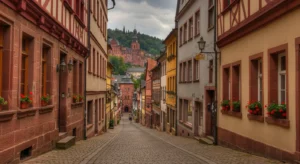Table of Contents
So, you’ve finally decided to take the plunge. You’re going to Italy. The mere thought of it probably conjures images of devouring pasta in a sun-drenched piazza, wandering through ancient Roman ruins, and sipping espresso while people-watching. It’s a dream destination for a reason.
But then, a slight panic sets in. Where do I even begin? With 20 unique regions, each boasting its own culture, cuisine, and landscape, planning a trip to Italy can feel downright daunting. Do you chase the art cities of Florence and Rome? Lose yourself on the Amalfi Coast? Explore the vineyard-clad hills of Tuscany?
Take a deep breath. That overwhelming feeling is totally normal. This guide is designed to be your trusted travel companion, transforming that initial overwhelm into pure, unadulterated excitement. We’re going to walk through everything you need to know to plan an Italy vacation that’s equal parts magical, smooth, and authentically Italian.
Start Here: Crafting Your Italian Dream Itinerary
The biggest mistake first-timers make is trying to see everything in one go. Italy isn’t a country to be checked off a list; it’s a place to be savored. My golden rule? Slow down. Choose two, maybe three bases for a 10-14 day trip. This prevents vacation burnout and lets you actually experience a place rather than just seeing it from a bus window.
The Classic Trilogy: Rome, Florence, and Venice
This route is popular for a reason—it offers a powerful punch of history, art, and unique scenery.
- Rome (3-4 days): The Eternal City. It’s a sprawling, chaotic, and magnificent open-air museum. You’ll need time here just to hit the highlights: the Colosseum, Roman Forum, Vatican City (St. Peter’s Basilica and the Sistine Chapel), and tossing a coin in the Trevi Fountain. Don’t forget to just wander without a map and stumble upon your own favorite corner.
- Florence (2-3 days): The Cradle of the Renaissance. More intimate than Rome, Florence is walkable and utterly breathtaking. The Uffizi Gallery, Michelangelo’s David at the Accademia, and the magnificent Duomo are the headliners. Its location also makes it a perfect base for a day trip into Tuscany.
- Venice (2 days): Like nowhere else on Earth. Venice is a fantasy built on water. Get lost in its labyrinth of canals and alleys, ride a gondola (yes, it’s touristy but worth it once), and visit St. Mark’s Square. It’s smaller and can feel crowded, so a couple of days is often perfect.
The Scenic South: Amalfi Coast & Naples
If your dream involves lemon groves, turquoise water, and colorful cliffside villages, this is your spot.
- Naples (1-2 days): Often overlooked, Naples is raw, passionate, and the birthplace of pizza. Use it as a gateway to Pompeii and as a place to eat the most authentic pizza of your life (try L’Antica Pizzeria da Michele).
- Amalfi Coast (3-4 days): Base yourself in a town like Sorrento, Positano, or Amalfi. Spend your days ferrying between villages, lounging on pebbled beaches, and driving the famously winding coastal road. It’s less about museum-ticking and more about soaking in the stunning views.
Beyond the Checklist: Living Like a Local
Anyone can see the sights, but truly experiencing Italy requires embracing its rhythm. This is where the real magic happens.
Embrace the Aperitivo: This isn’t just a pre-dinner drink; it’s a social ritual. Around 6-7 PM, Italians head to bars for an Aperol Spritz, Negroni, or glass of wine. The key? It often comes with a complimentary spread of snacks (cicchetti in Venice, a buffet in Milan). It’s the perfect way to relax and feel the local vibe.
Rethink Your Meals: Italians take their food seriously and on a strict schedule.
- Colazione (Breakfast): Light and sweet. A cappuccino and a cornetto (a croissant) at a coffee bar, standing up like the locals do.
- Pranzo (Lunch): The main meal of the day for many, especially in smaller towns. Many shops still close for a few hours in the afternoon.
- Aperitivo: See above!
- Cena (Dinner): Eaten later, often after 8 PM. Restaurants rarely open before 7:30 PM.
Speak a Little of the Language: You don’t need to be fluent. Mastering a few key phrases will open doors and earn you smiles.
- Buongiorno (Good day) / Buonasera (Good evening)
- Per favore (Please) / Grazie (Thank you)
- Il conto, per favore (The check, please)
- Un caffè (An espresso) – ordering just “a coffee” will get you a shot of espresso.
Navigating the Bel Paese: Getting Around
Italy has an excellent and affordable train system, making it the best way to travel between major cities. Trenitalia is the national operator, and for high-speed trains (Frecciarossa), it’s worth booking in advance for a discount.
For exploring the countryside—like the rolling hills of Tuscany or the tiny villages of Puglia—renting a car is your best bet. Just be prepared for ZTLs (Zona a Traffico Limitato), which are restricted traffic zones in city centers where only residents can drive. Avoid hefty fines by parking outside the city walls and walking in.
Practical Stuff: Your Pre-Departure Checklist
- Documents: Ensure your passport is valid for at least six months beyond your planned stay. U.S. citizens currently do not need a visa for trips under 90 days, but always check the latest entry requirements on official government sites like the U.S. State Department’s travel page.
- Money: While credit cards are widely accepted, cash is still king in smaller shops, markets, and rural trattorias. Notify your bank of your travel plans beforehand.
- Book Key Attractions in Advance: This is non-negotiable for major sites like the Vatican Museums, the Uffizi Gallery, and the Colosseum. You will save yourself hours of waiting in line under the hot sun.
- Pack Smart: Comfortable walking shoes are your #1 priority. Cobblestones are unforgiving! Also, remember to pack modest clothing for visiting churches (covering shoulders and knees).
FAQs: Your Italy Vacation Questions, Answered
Q: What’s the best time of year to visit Italy?
A: The shoulder seasons—April to June and September to October—are ideal. The weather is pleasant, the crowds are thinner, and prices are generally better than in the peak summer months of July and August.
Q: Is it safe to drink tap water in Italy?
A: Generally, yes! The tap water in Italian cities is safe to drink. In fact, you’ll see public water fountains (nasoni) everywhere in Rome. Bring a reusable bottle and fill up for free.
Q: How much should I budget for a day?
A: This varies wildly, but for a moderate budget excluding accommodation, expect €80-150 per day. This covers museum entries, train travel, and eating at nice casual restaurants (trattorias). Major cities like Venice and Milan will be on the higher end.
Q: Do I need to tip in restaurants?
A: Not in the way you do in the U.S. A service charge (coperto) is often included. It’s customary to leave a small extra tip for good service—rounding up the bill or leaving a few euros is perfectly appropriate.
Q: I’m gluten-free/vegetarian. Will I be able to eat?
A: Absolutely. Italy is surprisingly fantastic for dietary restrictions. The Italian Celiac Association is very active, and “Senza Glutine” (gluten-free) is widely understood. For vegetarians, beyond pizza and pasta, there are countless vegetable-focused antipasti and side dishes (contorni).
Conclusion: Your Unforgettable Adventure Awaits
Planning your first Italy vacation is part of the joy. It’s the anticipation of wandering through centuries of history, the dream of that first bite of perfectly al dente pasta, and the promise of discovering your own hidden piazza.
Remember, the goal isn’t to see all of Italy. It’s to fall in love with the parts you do see, so deeply that you’ll already start dreaming of your return. So, pick your regions, book those key tickets, and get ready to embrace la dolce vita—the sweet life. Your Italian adventure is calling.
